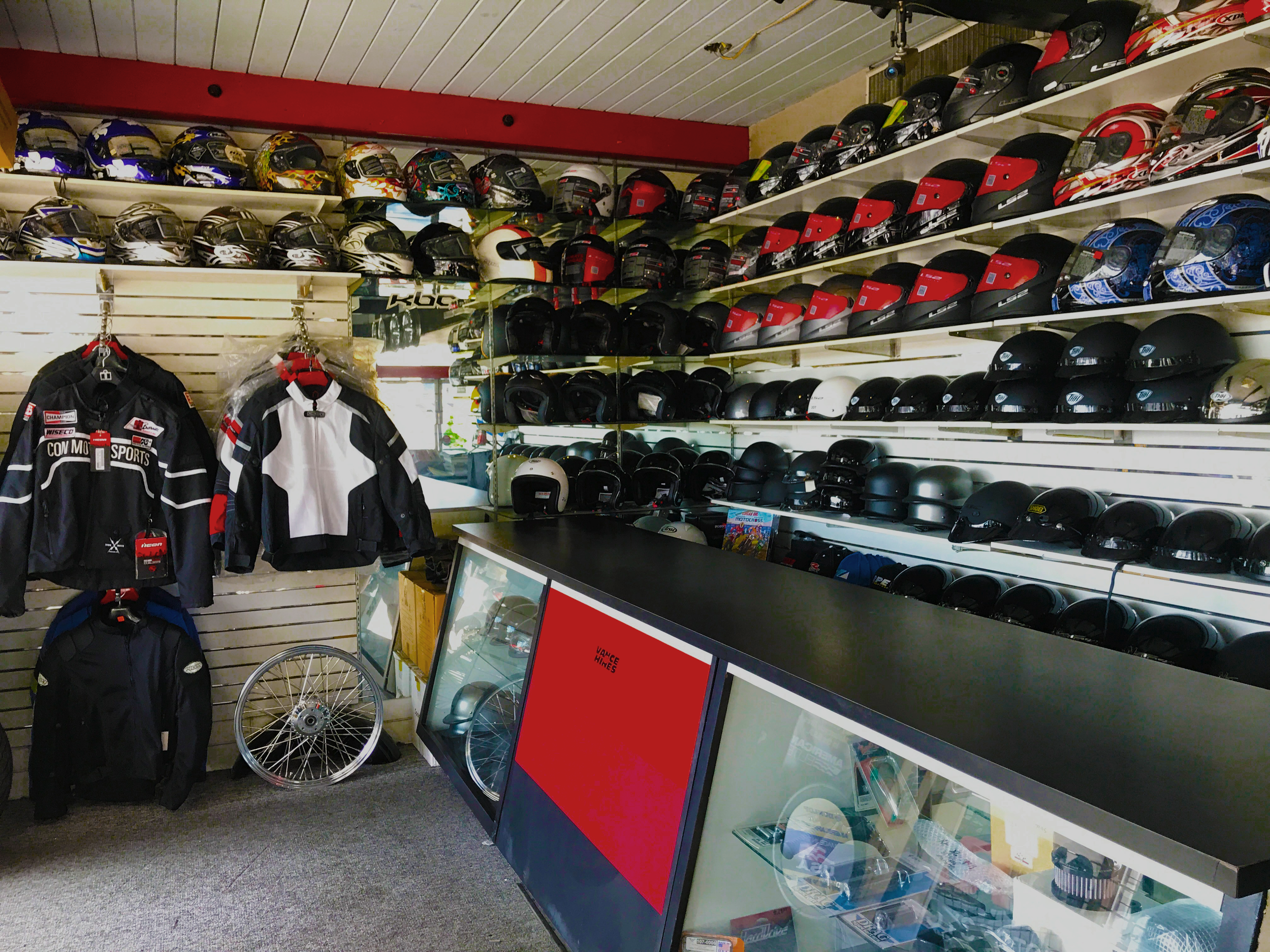A Thorough Appearance at Motorcycle Parts: What Every Motorcyclist Must Know
An extensive understanding of motorcycle components is not simply useful yet vital for any type of motorcyclist aiming to optimize efficiency and security. Each element, from the engine's detailed operations to the dependability of brake systems, plays a pivotal function in the general experience and capability of the bike.
Comprehending the Engine
The engine, often considered as the heart of a motorcycle, is a complex assembly of elements that function in harmony to convert gas right into movement. At its core, the engine's main feature involves the burning procedure, where air and fuel mix and stir up within the cylinders, causing controlled explosions that drive the pistons. These pistons go up and down, converting chemical power right into mechanical energy, which subsequently transforms the crankshaft, ultimately powering the bike.

Recognizing the details of a motorcycle engine is essential for bikers and enthusiasts alike. It not only provides insight right into exactly how bikes achieve their outstanding power and speed however also aids in effective upkeep and troubleshooting, making sure durability and reliability when driving.
Suspension Solutions
While the engine powers the bike, the shock absorber plays an essential role in ensuring a controlled and smooth ride. The suspension system is in charge of absorbing shocks from the roadway surface, keeping tire get in touch with, and giving stability throughout cornering and stopping. It consists of 2 primary components: the front forks and the rear shock absorbers.
Front forks are usually telescopic, moistening and having a springtime mechanism. The springtime compresses and extends to absorb bumps, while the moistening mechanism controls the activity to avoid excessive jumping. This mix makes certain the front wheel continues to be in contact with the roadway, using exceptional handling and convenience.
The back suspension, usually a monoshock or twin-shock setup, works likewise to the front suspension yet is customized to support the motorbike's weight and rider - motox parts nz. It takes care of back wheel activity, adding to the bike's total balance and responsiveness
Shock absorber can be adjustable, enabling bikers to fine-tune preload, compression, and rebound settings according to individual choices and riding conditions. This adjustability improves efficiency by optimizing the motorcycle's interaction with diverse terrains. In summary, a reliable suspension system is important for rider convenience, security, and the motorbike's dealing with expertise.
Brake Elements
Stopping power is a basic element of bike security, and it hinges on the efficiency of the brake components. The primary elements of a motorbike's braking system include the brake pads, calipers, rotors, and master cylinder. motorbike shop. Each of these parts plays an important function in guaranteeing reliable stopping performance
Brake pads are important as they produce the essential friction versus the rotors to reduce down or stop the motorbike. Constructed from materials such as sintered steel or organic composites, the choice of brake pad material dramatically influences performance and long life. Calipers, housing the brake pads, apply pressure to the pads when the brake lever is involved, promoting contact with the rotors.
The rotors, typically made from stainless steel or cast iron, are placed to the wheels and offer as the surface against which the brake pads press. Their layout, consisting of size and thickness, impacts warm dissipation and quiting power. The master cyndrical tube, connected to the brake lever, creates hydraulic stress sent through brake lines to the calipers, guaranteeing consistent stopping pressure.
Normal upkeep and evaluation of these parts are crucial for optimum performance, stopping Bonuses wear and making sure rider safety and security on the road.
Tire Basics
Beyond keeping durable braking systems, making sure optimal tire performance is just as considerable for bike safety and efficiency. Tires are the sole call factor between the motorbike and the roadway, making their condition critical in managing, security, and overall experience high quality. Selecting the ideal tire kind is important, as it directly affects grip and performance. Choices range from exploring to sport tires, each made to accommodate particular riding problems and styles.

Additionally, consider the tire's age. Rubber substances break down in time, even if tread shows up appropriate. Check the sidewall for the DOT (Department of Transport) code to identify the tire's age. Normally, replacement is suggested every 5 years, no matter wear. Spending focus in these tire essentials not just optimizes efficiency yet additionally substantially improves riding safety and security.
Electric Equipments
In the realm of bike maintenance, the electrical system plays a critical duty in ensuring trusted efficiency and motorcyclist security. This complex network includes vital components such read here as the battery, alternator, starter motor, and electrical wiring harness. Each component is crucial for the smooth operation of the bike, from ignition to illumination and communication with various sensors.
The battery works as the heart of the electric system, supplying the needed power to begin the engine and operate accessories. Consistently checking the battery's voltage and terminals for deterioration is crucial to stop unforeseen failings. The generator, on the other hand, charges the battery while the engine is running, ensuring a constant power supply.
To maintain it, motorcyclists need to pay attention to any type of unusual sounds or difficulties throughout start-up. Making sure that the cords are totally free and intact from damage is necessary for preventing brief circuits and guaranteeing functionality.
Conclusion

Stopping power is a basic aspect of bike safety and security, and it hinges on the effectiveness of the brake parts. The primary aspects of a motorcycle's stopping system include the brake pads, calipers, blades, and master cyndrical tube.Brake pads are crucial as they develop the required friction versus the rotors to slow down or quit the bike.Beyond keeping robust braking systems, making certain ideal tire performance is just as substantial for bike safety and security and performance.In the realm of motorbike maintenance, the electric system plays an essential see here role in making certain reliable efficiency and biker security.